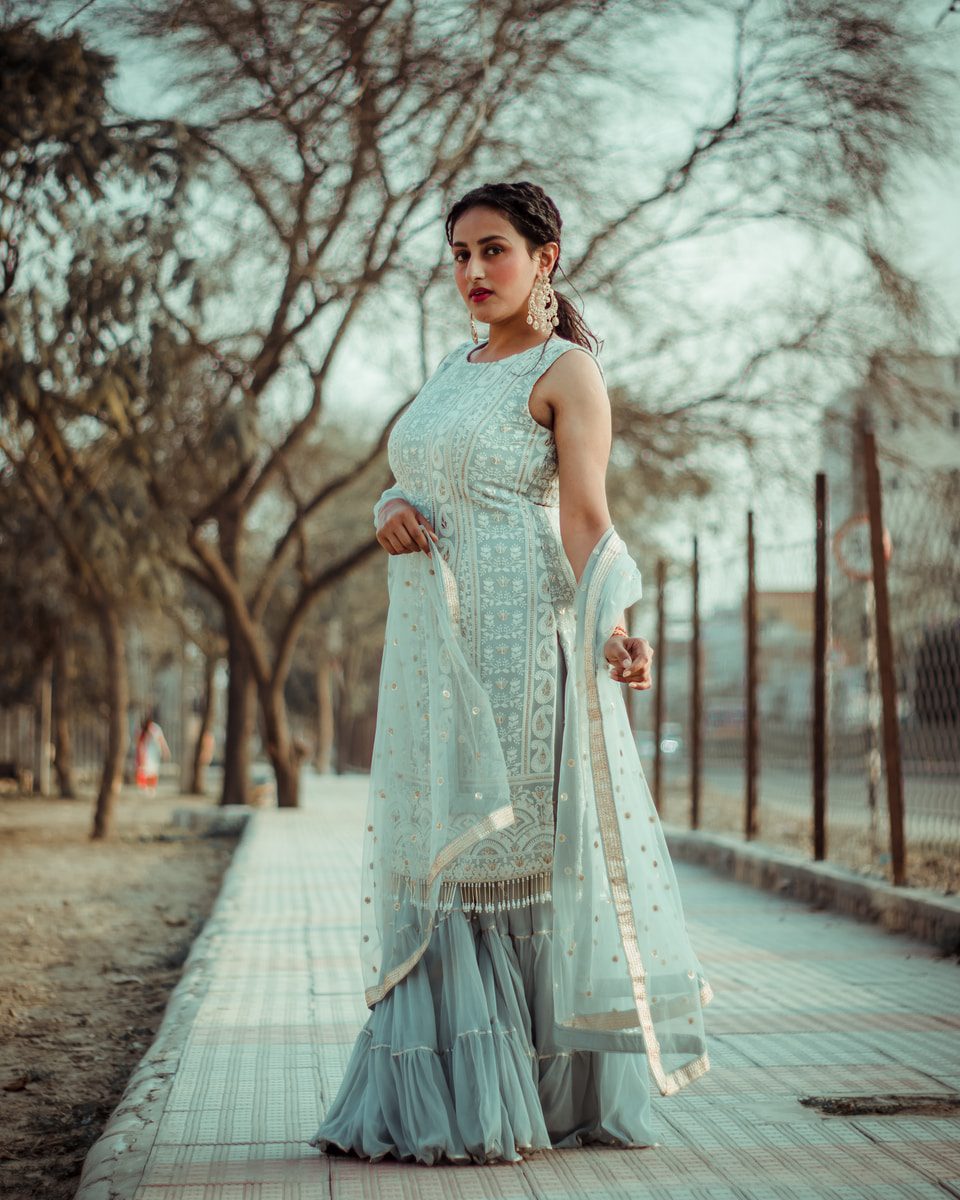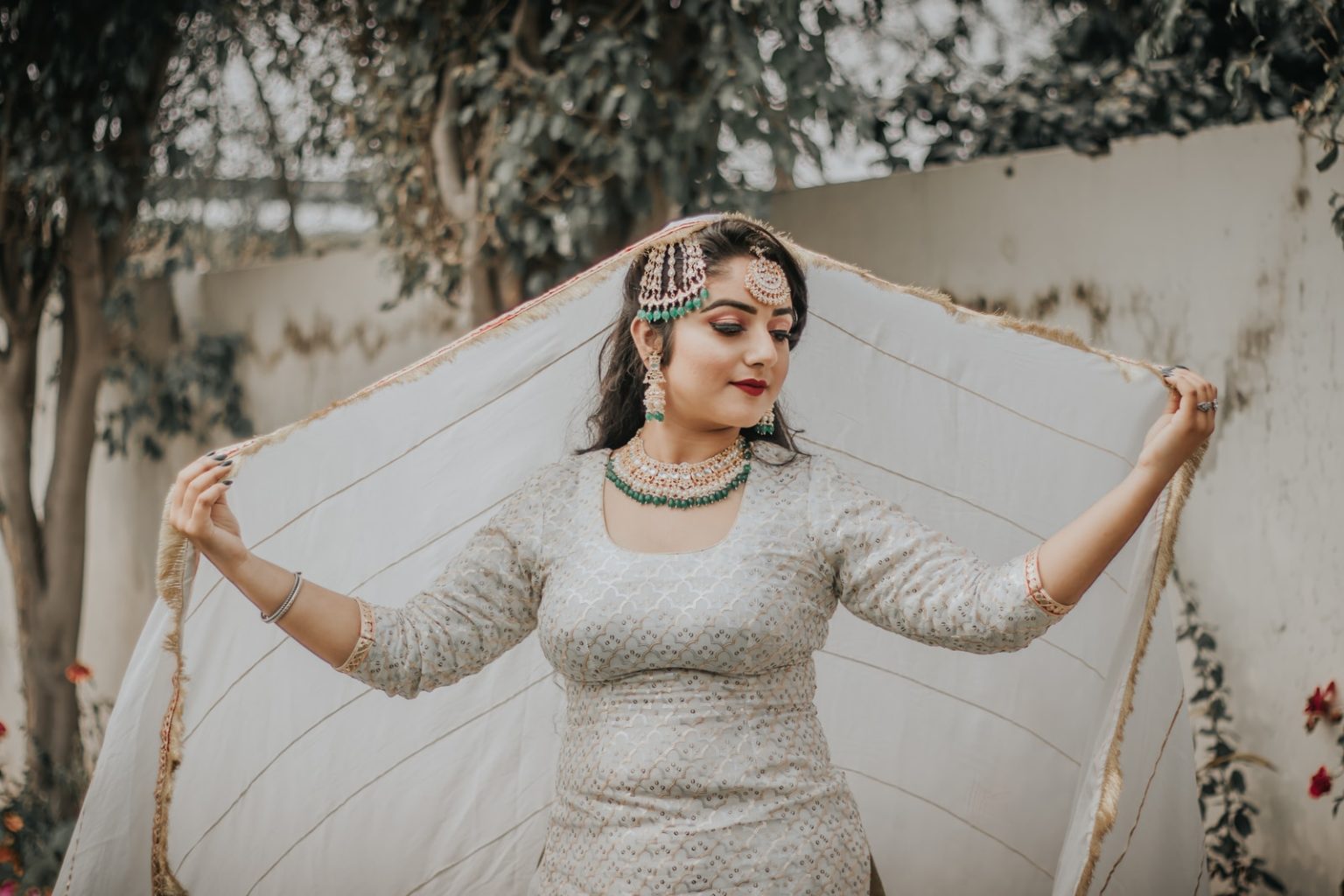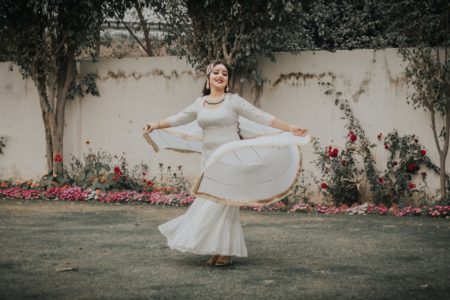The Indian salwar kameez is an adaptation of the Pakistani or Afghanistan clothing of the same name. This traditional clothing is also known as the ‘Punjabi suit’ or Churidar Kameez. Yet although it is a cultural and traditional dress style from specific regions in central and south Asia, it has transcended cultural and state lines throughout other regions to places where once the Sari was queen. This revolution, for truly this is what the spread of the Salwar Kameez to even the southern shores of India is, has become a symbol in the south Asian world as femininity.
Salwar Kameez Origins
The salwar kameez also known as, shalwar qameez, was the traditional dress of South and Central Asia specifically in the regions of Afghanistan and Pakistan. In northern India it was traditionally limited to the northern areas but is now worn by women throughout the subcontinent. The word salwar originates from a Persian word for pants, whereas kameez is tied through Arabic to and originally Latin word camisia, meaning shirt. This pant suit is common in traditional villages across Afghanistan and Pakistan for daily dress for men and women. Women these villages found that the salwar kameez allowed more mobility, versatility and expediency when it came to working. These same attributes are what has caused a widespread acceptance of the salwar kameez across most of southern Asia.
Salwar kameez Design
The design of the salwar kameez is one of utmost practicality. Although current examples and designs can be slim fitting or baggy the traditional salwar kameez were baggy to allow free movement. The pants were baggy at the top and slim fitting around the ankle with an elastic band or drawstring around the waist to keep them in place. Traditional designs are usually cut straight and flat whereas new designs provide some tailored seams to include a form fitting feel. The side seams in traditional salwar kameez were open below the waist to allow free movement, again for practicality of a working environment. Newer designs include current fashion trends including plunging necklines, high slit seams, and even diaphanous materials. Most salwar kameez also come with a dupatta. Dupatta’s serve both form and function for the salwar kameez by providing a hair covering head scarf or for use as a long scarf or shawl.
Wearing a Salwar Kameez
Wearing an Indian salwar kameez is just like wearing a normal pantsuit with a few alterations. These include ensuring the material is not diaphanous, or see-through, and drawing the waist drawstring closed. If the material is diaphanous, it is advised to wear a tank top underneath. If there are loops at the ankles or on the back of the kameez, these should be tied as well.
The salwar kameez has become a symbol of female fashion and solidarity throughout south Asia. It embodies a modern attitude that is neither as traditional nor encumber some as the sari or as western as other forms of dress like jeans. They can be made for any body type and weather conditions.




